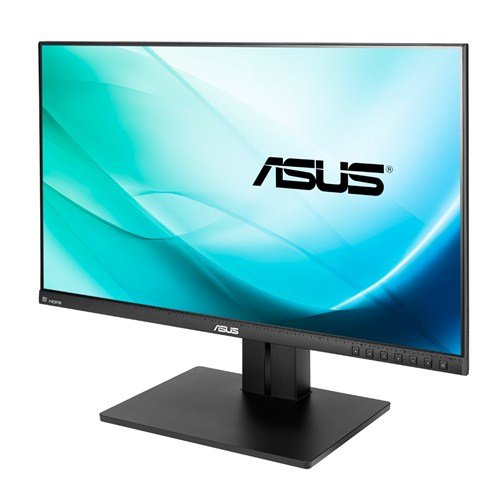Windows 10 Crashes Part 3 – New Clues

I’ve been struggling with unexplained Windows 10 crashes ever since I got a new computer in May. See part 1 and part 2 for the backstory. The symptoms were mysterious crashes and reboots that happened every day or two when I was not using the computer. From examining crash dumps and event logs, I found that most of the problems seemed related to the graphics display or window manager. I suspected that something about the computer’s handling of my external monitor was buggy – either in the Windows driver, the computer’s firmware, or the computer hardware itself.
I’m now more confident than ever that the external monitor is somehow causing the problem. On July 5, I swapped in a different external monitor and made a few other graphics changes, and since then I’ve gone 11 days with zero crashes or unexplained reboots. Unfortunately this new-and-stable config is not the config I actually want, so I still need to do more testing, but I think I’m getting close to a solution.
The computer is an HP EliteBook x360 1030 G2 laptop. It has a built-in 1920 x 1080 display. A second external monitor is connected by HDMI cable.
The crashes-every-day configuration was an ASUS PB258Q 2560 x 1440 monitor, connected with a no-name HDMI cable, and running at its native resolution. The Windows 10 Display control panel was set to “duplicate”, showing the same image on the external and internal monitor (scaled down). Scaling was set to 125% to make text more legible on the high-DPI external monitor.
The new-and-stable configuration is an ASUS VE228 1920 x 1080 monitor, connected with an Amazon Basics HDMI cable, and running at its native resolution. The Windows 10 Display control panel is set to “show only on 2”, effectively disabling the internal display. Scaling is set to 100%. Everything else is the same as before – same graphics driver version, etc.
Now I can do some A/B testing, and try to determine which of these differences is causing problems. Could it be something as stupid as a bad HDMI cable? Does the computer’s firmware not correctly handle scaling when the external monitor is a different resolution than the internal one? Could the 2560 x 1440 monitor actually cause crashes somehow, due to a bug in its firmware (I think HDMI is bidirectional) or electrical faults?
Read 5 comments and join the conversation5 Comments so far
Leave a reply. For customer support issues, please use the Customer Support link instead of writing comments.


The factor that jumps out at me is the differing resolution of the two monitors. HDMI works at a lower frequency when driving a 1920xXXXX monitor in order to maintain electrical compatibility with single-link DVI.
As soon as you go above that resolution HDMI has to increase frequency substantially. A few times in the past I’ve encountered machines that have issues with this, causing the GPU to reset and crash the graphics driver. A definitave test for this problem is to hook up the 1440p monitor via an HDMI>DVI cable, which will force the HDMI link into low frequency mode – just setting the resolution to 1080p manually doesn’t always do that.
Are you referring to the dot clock, the refresh rate, or something else? Both 2560×1440 and 1920×1080 should be supported at 60 Hz refresh with HDMI 1.4. For a small investment of a cable and a USB-C adapter, I could connect the PB258Q to the computer with DisplayPort instead of HDMI and see if that helps.
He is referring to the data transfer speed across the actual cable. HDMI above 1920×1080/60Hz uses a different/faster communications protocol that can cause trouble with marginal cables. I’d give DisplayPort a shot since its about as “native” as you are going to get from a PC and cable certification may be stricter.
On July 16, I switched back to the 2560 x 1440 monitor with 125% scaling, with the Amazon Basics HDMI cable, and Multiple Displays set to “show only on 2”. Since then I’ve unfortunately had several more problem incidents. So that narrows down the problem to being the video resolution, the 125% scaling, or the PB258Q monitor itself. I’ll keep experimenting, but it sounds like you guys may be right about the higher video data rate for the higher resolution causing a problem somehow.
Smash it to bits. Go straight Mac. Problems solved.